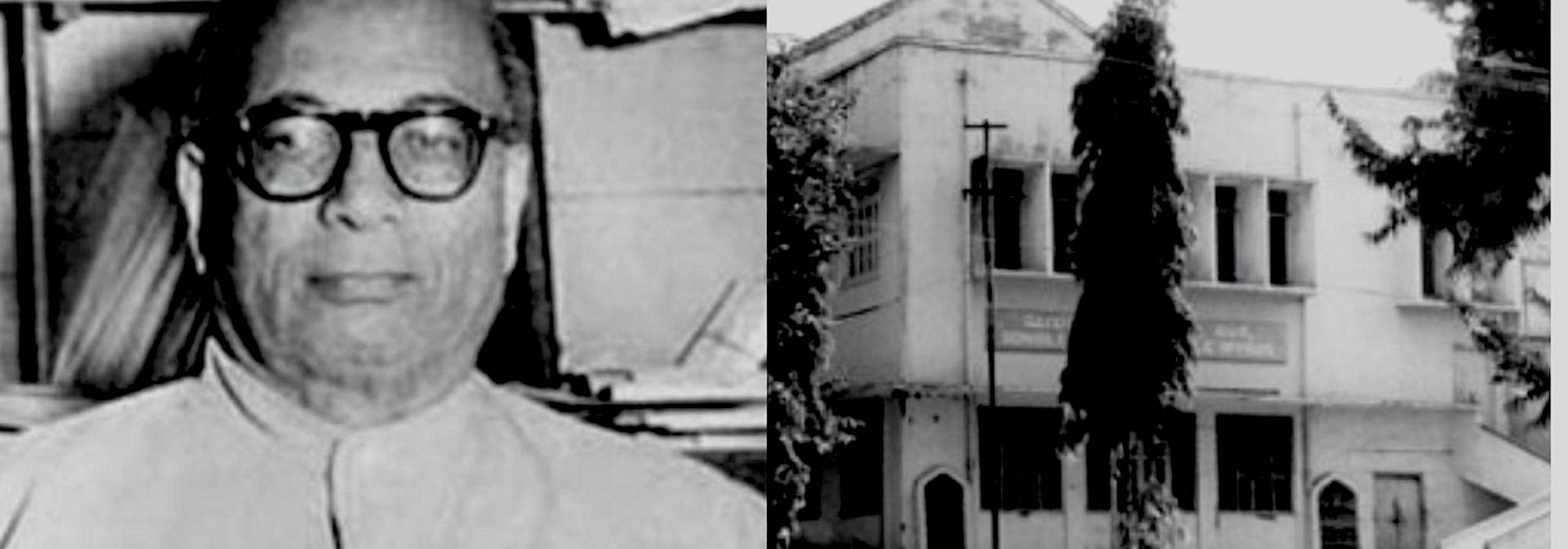It is appropriate that the system of governance in India is a collection of one and many.
Given the land’s geographical expanse, large population, bio-/geo-diversity of various regions, differences in the nature of the air, socio-cultural specialties of people, and differences in traditions and administrative organizations, it is inevitable that the Central government is one and inside that, the Regional or State governments are many.
The Central government must concentrate on issues that affect the whole of India, such as the defence of the country, foreign affairs, the unity of the people, etc. and should work with assistance from the State governments. The State governments should work towards ensuring the welfare of their specific regions. This sort of a two-layered scheme works well for our country.
Regional Arrangement
During the British Era—spanning a hundred years—there was a similar two-layered scheme. It is a matter of our experience that they worked together in harmony and attained fruition.
Presently we are not cogitating about the system of governance in the whole of India. What is relevant to us now is the system prevalent in this region. That is, the system in Old Mysore. It appears to me that the lessons of sixty years of Old Mysore history may be summarized as follows –
I. The Borders of the Region
The expanse of the land of the region should be of the magnitude that is convenient for administration. It is the same with the size of a family. The optimum number of people in a family is something that one learns by experience. Even the State must have limits in both land area and in population. These limits are known by experience. When these limits are crossed, administration becomes difficult. On the other hand, going below a certain lower limit makes it difficult to balance the income and expenditures. Typically, the land area of a region should be such that the borders of the region should be no more than a day’s travel from the capital. The shoulders and arms of the administration should constantly be in touch with its borders. Old Mysore had that convenience.
II. Harmony among the People
People of various districts and taluks have a feeling of “He is one of us” or “All these people are our own” – this sense of ownership must have been cultivated by years and years of accustomization. This emotion of amiability and affection arises due to various reasons. Sect, community, caste, language, profession, business – all these are reasons for the sense of fraternity. But there are reasons outside of these as well. That includes the fundamental human traits of love and goodness of heart. Patriotism or nationalism is simply one form of this natural quality of love mixed with goodness. That is citizenship. Further, this should have been cultivated from within and not as a result of external imposition upon people by means of laws and rules. If the unity of patriotism is strong in the people, the work of the government becomes facile. Then the people will be of one heart, one mind. It becomes easier and faster for the government to align with that united view.
III. Head of the State
Today’s Governor is in place of yesterday’s king. Even in the future, the position of a Governor or a Chief of the State will be necessary. He must be nominated by the President of India, the Chief of the Indian Government. It appears that there aren’t too many rules or guidelines that exist at present regarding the qualifications of the person to be nominated to the post of Governor. Appropriate guidelines must be drawn up. The Governor must be a representative of the entire Indian Government and must be directly under the President of the country. And the cabinet of ministers of the State must report to the Governor. Primarily, he must be competent to such a degree that he should be able to give knowledge, sound warnings, check haste, and offer careful re-examination of issues to the Chief Minister. The expanse of his authority should be free from uncertainty and unambiguity.
IV. Cabinet of Ministers
The number of ministers is five. Of them, two are selected from the Representative Council, two are from the administrative class, and one is selected by the Governor. These five ministers should elect one person to occupy the post of the Chief Minister; then the Governor will formally appoint him the Chief Minister.
In this system, there is no opportunity to introduce a ruling party and an opposition party. The ministers are responsible to the Governor. Likewise, the Governor is responsible to the President. Here the term ‘responsible’ refers to accountability or possibility of being punished for incompetence and insincerity in work – he must be ready to face suspension or expulsion.
With these restrictions in place, the minister has to work with independent thinking and freedom. If he worries about [the views of] his hangers-on and sycophants, it is dangerous for the citizens.
Having thus been appointed to a position of power (with the consent of the Governor), he should serve for a period of three years.













































